1.Dipotassium Glycyrrhizinate Overview
Dipotassium Glycyrrhizinate is a derivative of glycyrrhizic acid. It belongs to the triterpenoid saponin compound. Dipotassium Glycyrrhizinate is extracted from licorice root. It contains hydrophilic groups and lipophilic groups; so it can reduce surface tension of aqueous solution, and has a strong foaming ability. As an anti-allergy, sunscreen, anti-freckle, whitening cosmetic functional additive, Dipotassium Glycyrrhizinate can effectively prevent skin inflammation; and it has sedative effect on inflammation caused by sunlight. It is widely used in cosmetics industry. Plamed Dipotassium Glycyrrhizinate adopts two detection methods: HPLC (70%) and UV (98%), which ensures the purity of cosmetic grade Dipotassium Glycyrrhizinate, and makes customers relieved, secure and unworried.
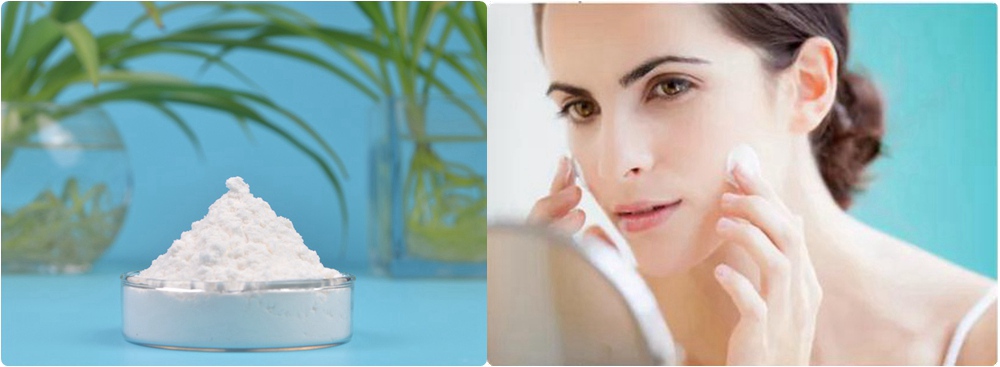
| Product Name | CAS Number | INCI Name | |
| Dipotassium Glycyrrhizinate | 68797-35-3 | Dipotassium Glycyrrhizinate | |
| Molecular Weight | Molecular Formula | Molecular Structure | |
| 899.12g/mol | C42H60K2O16 | 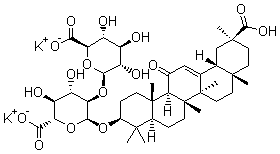 |
|
| Product ID | Specification | Minimal Package | Minimal Order Quantity |
| PMB0706 | 98% UV | 1KG | 1KG |
2. Dipotassium Glycyrrhizinate Source
Licorice (Scientific name: Glycyrrhiza uralensis Fisch) belongs to leguminosae herbaceous perennial. It is also a traditional Chinese herb plant. Licorice mainly grows in arid, semi-arid sandy soil, desert edge and loess hilly area. Most of wild licorice in China is distributed in Sinkiang, Inner Mongolia, Ningxia, Gansu, Shanxi, and other places. There are a large number of artificial cultivation licorice areas in Sinkiang, Gansu, Inner Mongolia and Ningxia provinces. Licorice contains a variety of effective chemical components, such as liquiritin, glycyrrhizic acid, glycyrrhetinic acid, licorice flavonoids, liquiritigenin, etc. These components are mainly found in licorice root and bark. So the thick roots of licorice are major medicinal source commonly. Licorice extract is mainly used in the pharmaceutical, health care and cosmetics industries.

3. Dipotassium Glycyrrhizinate VS Glycyrrhizic Acid
| Dipotassium Glycyrrhizinate | Glycyrrhizic Acid | |
| Source | Potassium derivatives of glycyrrhizic acid | Licorice root |
| Appearance | White powder | White crystalline powder |
| Molecular Structure |  |
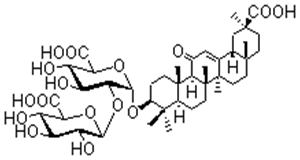 |
| Solubility | Easily soluble in water; soluble in dilute ethanol, glycerol, propylene glycol; slightly soluble in anhydrous ethanol, ether. | Hard to be soluble in cold water; easily soluble in hot water; insoluble in grease; its hot water solution is gelatinous after cooling; soluble in propylene glycol. |
| Application | Whitening cosmetics, teeth care and hair care products | Food additives (Sweeteners, flavorings, flavor enhancers) and pharmaceuticals industry |
4. Dipotassium Glycyrrhizinate Manufacturer Specifications
| Product Name | Specification | Color |
| Dipotassium Glycyrrhizinate | 98% UV | White powder |
| Items | Specifications |
| Content | ≥98.0%UV |
| ≥70.0%HPLC | |
| Appearance | White or Yellowish powder |
| Clarity | Clarification |
| PH Value | 5.0~6.0 |
| Physical Characteristics | |
| Particle size | 98% through 80 mesh |
| Loss on drying | ≤8.00% |
| Residue on ignition | 18.00~22.00% |
| Arsenic salt | ≤2ppm |
| Chloride | ≤0.014% |
| Sulfate | ≤0.029% |
| Heavy Metals | |
| Heavy metals | ≤10ppm |
| Arsenic | ≤2ppm |
| Plumbum | ≤2ppm |
| Microbiological Tests | |
| Total Plate count | ≤1000cfu/g |
| Yeast & mold | ≤100cfu/g |
| Escherichia coli | Negative |
| Staphylococcus | Negative |
| Salmonella | Negative |
5. Dipotassium Glycyrrhizinate Manufacturer Process Flow Chart

6. Dipotassium Glycyrrhizinate Benefits
- Whitening
1) Inhibits active oxygen formation: Dipotassium Glycyrrhizinate is a flavonoid compound with strong antioxidant activity. Experimental study uses superoxide dismutase SOD as a control group, and the result shows that Dipotassium Glycyrrhizinate can effectively inhibit the production of active oxyge. 2) Inhibits tyrosinase: The IC50 of tyrosinase of Dipotassium Glycyrrhizinate is very low compared to the commonly used whitening ingredient. Dipotassium Glycyrrhizinate is a well-recognized strong tyrosinase inhibitor; it is more effective than some commonly used whitening agents. 3) Inhibits melanin production: Test selects the back skin of guinea pigs under UVB irradiation. The result indicates that white coefficient of skin pretreated with 0.5% Dipotassium Glycyrrhizinate is higher than that of the control group’s skin, and the effect is obvious. Thus Dipotassium Glycyrrhizinate has a significant inhibitory effect on melanin formation. It can be used to prevent skin pigmentation and melanin production after sun exposure.
- Anti-inflammation
The result of mouse ear swelling test shows that toothpaste containing Dipotassium Glycyrrhizinate can significantly inhibit xylene-induced ear swelling of mouse. So it has a strong anti-inflammatory effect for acute inflammation. The in vitro anti-inflammatory experiment of Dipotassium Glycyrrhizinate suggests that in a certain concentration range, Dipotassium Glycyrrhizinate inhibits cells from secreting inflammatory mediator NO and inflammatory cytokine IL-6, when it acts on LPS to stimulate RAW264.7 cells. And its inhibition function depends on a certain dosage. Therefore, Dipotassium Glycyrrhizinate has obvious anti-inflammatory activity in vitro.
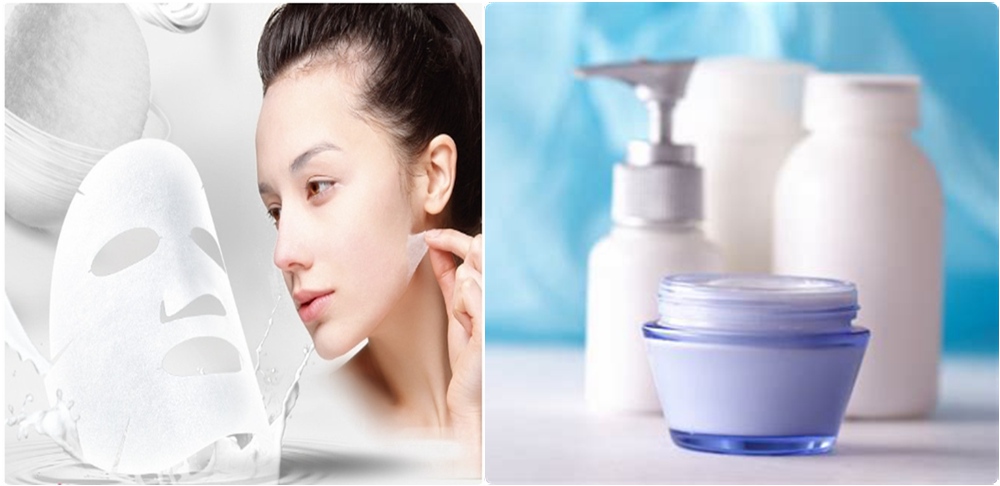
7. Plamed Dipotassium Glycyrrhizinate Characteristic
- Plamed owns a foreign planting base, which ensures a stable supply;
- Through optimizing the process, a complete and thorough reaction is carried out;
- Plamed adopts Korean cosmetic standard that is more applicable to cosmetics raw material.
8. Dipotassium Glycyrrhizinate Application and Reference Dosage
Dipotassium Glycyrrhizinate can be added into all kinds of cosmetics, such as cream, toner, emulsion, essence, etc. It can neutralize or reduce toxic substances in cosmetics; also it can prevent allergic reactions to some cosmetics. Moreover, Dipotassium Glycyrrhizinatecan can be used in advanced hair care products and teeth care products (toothpaste and mouthwash).
| Product | Reference Dosage |
| Dipotassium Glycyrrhizinate 98% UV | 0.5-1% |
Attention:
- The recommended dosage of Dipotassium Glycyrrhizinate in toothpaste is 1%-0.5%;
- Dipotassium Glycyrrhizinate is suitable for combination with alpha hydroxy acid, which can increases skin defense ability.
Dipotassium Glycyrrhizinate application cases in major cosmetic brands in the world:
| Country | Brand | Product |
| USA | Anjou | Blackhead Removing Nose Strips |
| Smiley Berry | Vitamin C Serum | |
| SENSANOL | Multi EGF Serum | |
| BodiVéa | Absolute Radiance Corrective Serum | |
| Andalou Naturals | Make-up Remover | |
| Aliza Naturals | Retinol Moisturizer Cream | |
| ZENMED | Anti-Redness Mask | |
| Korea | Dr Eslee | Anti-Sebum Wash Foam, After Skin Ac Lotion |
| China | BIOAQUA | Premium Facial Peel Mask, Acne Control Spot Essence |
| Dr Hsieh(Taiwan) | Mandelic Acid Home-peeling Liquid | |
| Aliver | Goldren Magnetic Face Mask | |
| Japan | White Conc | Body Lotion |
| Dr.Ci:Labo | Aqua Collagen Gel BI HA KU, Basic Black Charcoal Gel | |
| Jun-mai komenuka bijin | Natural Rice Bran face wash foam |
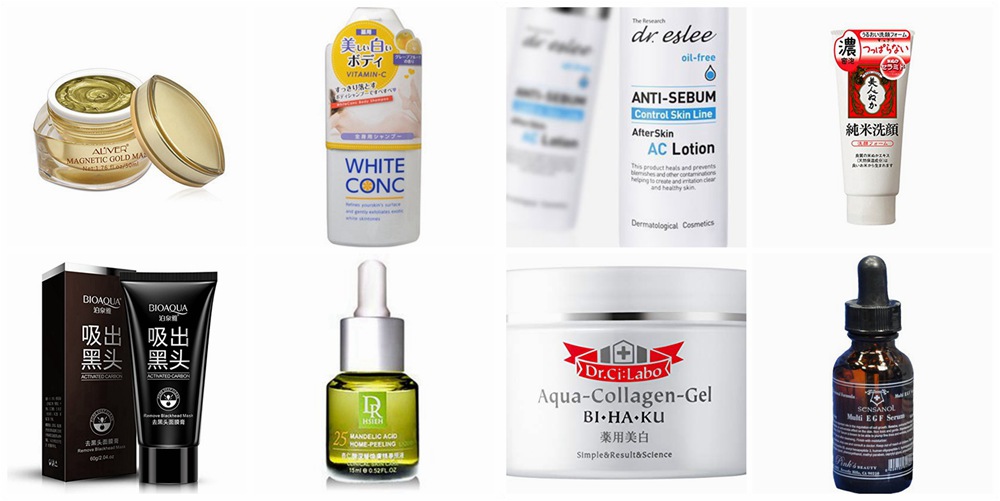
9. Dipotassium Glycyrrhizinate Reference Formula
Anti-allergic emulsion:
| Ingredient | Content(%) | Ingredient | Content(%) |
| Carbopol | 0.1 | Cetyl stearol polyoxyethylene (2) ether | 1.2 |
| Tocopherol | 0.5 | Cetyl stearol polyoxyethylene (21) ether | 1.5 |
| Triglycerides caprylic | 3.0 | Ethylhexyl palmitate | 4.0 |
| Polydimethylsiloxane | 2.0 | Hydrogenated polyisobutene | 5.0 |
| Methylparaben | 0.2 | Dipotassium Glycyrrhizinate | 0.2 |
| Glycerol | 5.0 | Ophiopogonis japonicus P.E | 1.0 |
| Fucose | 3.0 | Opuntia streptacantha stem extract | 2.0 |
| Oatsβ- glucose | 3.0 | Propylene glycol | 3.0 |
| Deionized water | Add to 100.0 | Triethanolamine | 0.1 |
| Azone | 1.0 | ||
Anti-allergic toner:
| Ingredient | Content(%) | Ingredient | Content(%) |
| Propylene glycol | 3.0 | Dipotassium Glycyrrhizinate | 0.5 |
| Fucose | 3.0 | Ophiopogonis japonicus P.E | 5.0 |
| Glycerol | 5.0 | Deionized water | Add to100 |
| Hyaluronic acid | 0.1 | Diazolidiny1 urea | 0.2 |
| Azone | 1.0 | ||
Shampoo:
| Ingredient | Content(%) | Ingredient | Content(%) |
| Dipotassium Glycyrrhizinate | 0.05 | Oridonin | 0.2 |
| 1,3- Butanediol | 3.0 | Berberine | 0.1 |
| Ethanol | 40.0 | Water | Add to100 |
Skin-repair cream:
| Ingredient | Content(%) | Ingredient | Content(%) |
| Dipotassium Glycyrrhizinate | 0.2 | Glycerin | 4.0 |
| Butanediol | 3.0 | Xanthan gum | 0.02 |
| Hyaluronic acid | 3.0 | Aloe Powder | 0.3 |
| Ammonium acryloyldimethyltaurate/VP copolymer | 1.2 | Fucose | 1.0 |
| Phenoxyethanol | 0.6 | EDTA-Na2 | 0.03 |
| Ethylene glycol | 1.0 | Water | Add to 100 |
10. Dipotassium Glycyrrhizinate Safety
- The FDA includes Dipotassium Glycyrrhizinate on the list of Generally Recognized As Safe (GRAS). It can be directly used as food additives.
- EU Cosmetics Directives and the Cosmetic Ingredient Review (CIR) Expert Panel both believe that Dipotassium Glycyrrhizinate is non-toxic and safe when used in OTC personal care products.
- Clinical trial shows that Dipotassium Glycyrrhizate doesn’t penetrate nor irritate the skin.
11. Packing and Storage
Package: Packed in 25kg paper drums with two plastic bags inside.
Storage: Stored in a cool dry place and away from direct sunlight and oxidizing agents.
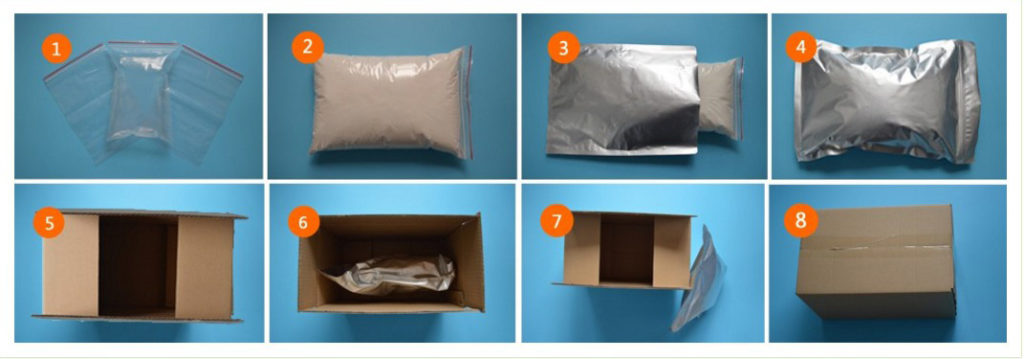
Plamed focuses on natural cosmetic ingredients for more than 10 years. We have founded four subsidiary companies, which respectively develops different kinds of cosmetic raw material. Plamed is a company whose CEO is designated as the first secretary general of Shaanxi Plant Extraction Association.
As a professional Dipotassium Glycyrrhizinate manufacturer, Plamed have been constantly upgrading the production process. We firmly believe that good Dipotassium Glycyrrhizinate and good Dipotassium Glycyrrhizinate price will help customers make good terminal products and help customers win a lasting and broad market.
Other Skin-whitening Product List
| NO. | Product Name | Product ID | Specification | Product Image |
|---|---|---|---|---|
| 01 | Arbutin | PMB0101 PMB0102 | Alpha 99.5% Beta 99.0% | 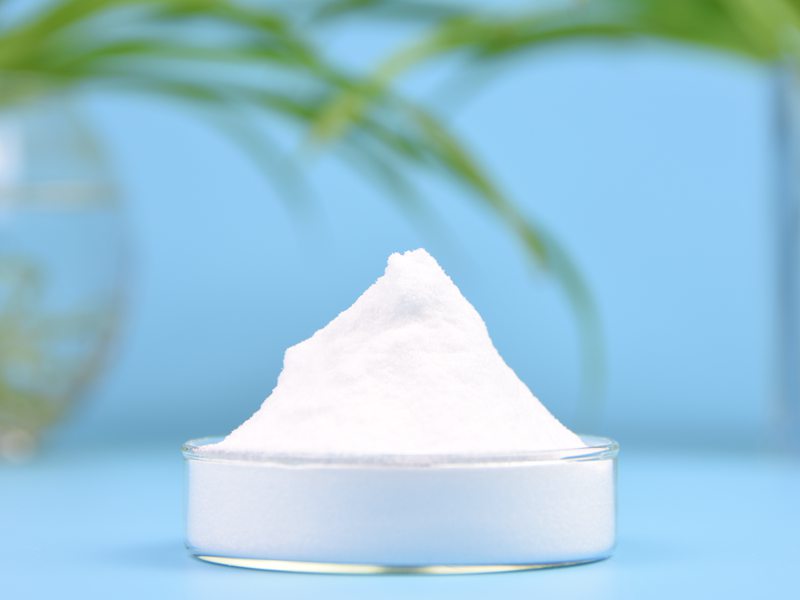 |
| 02 | PCR Glabridin | PMB0705PCR | 10% | 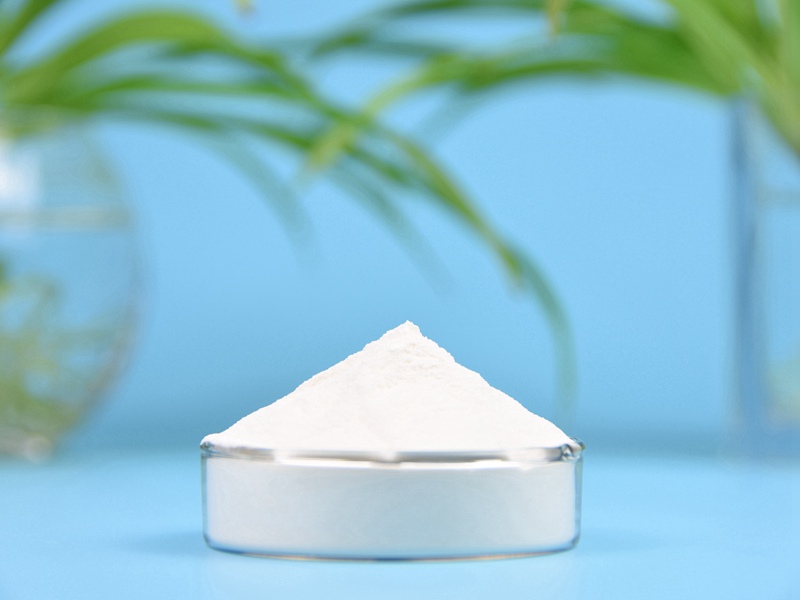 |
| 03 | Kojic Acid Dipalmitate | PMB0801 | 99% | 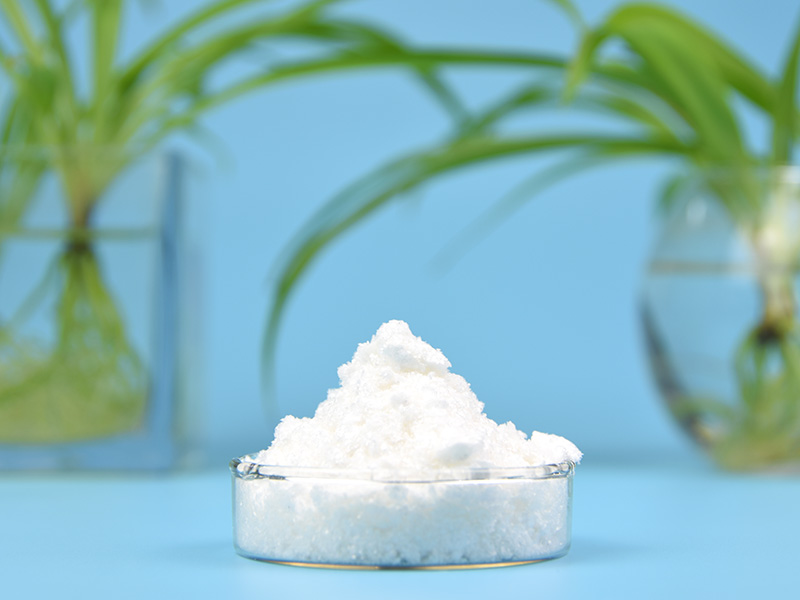 |
| 04 | D-alpha Tocopherol Acetate | PMB0901 PMB0902 | 700IU 1300IU | 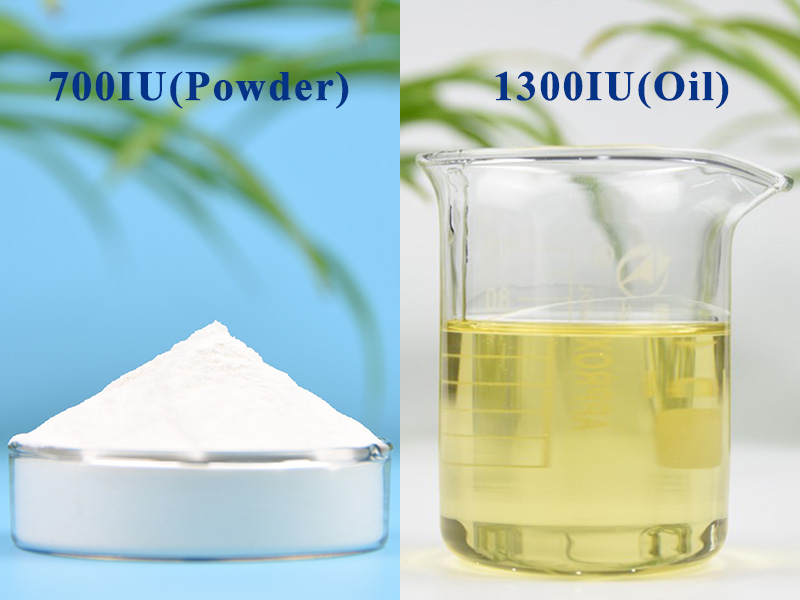 |
| 05 | Bakuchiol | PMKZ1501 | 98% | 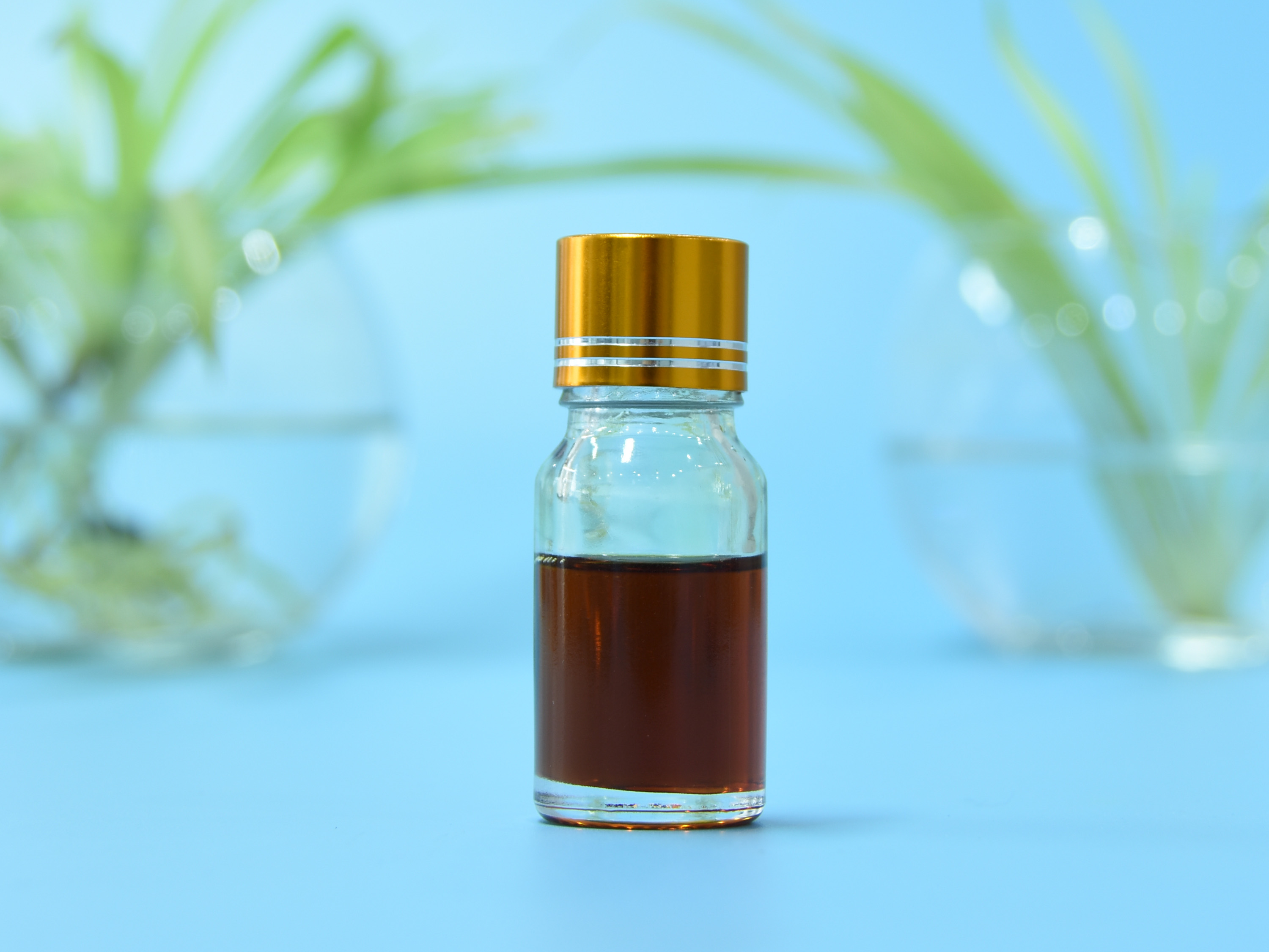 |
| 06 | Grape seed extract | PMB1401 | 95%OPC | 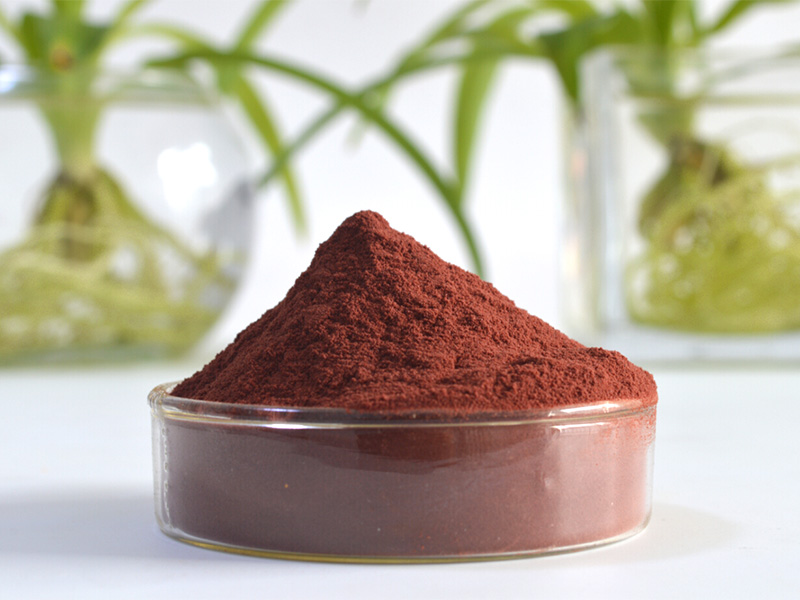 |
| 07 | Ellagic Acid | PMB0401 | 98% |  |
| 08 | Glabridin | PMB0705,PMB0702 PMB0703,PMB0704 | 10%,40% 90%,98% | 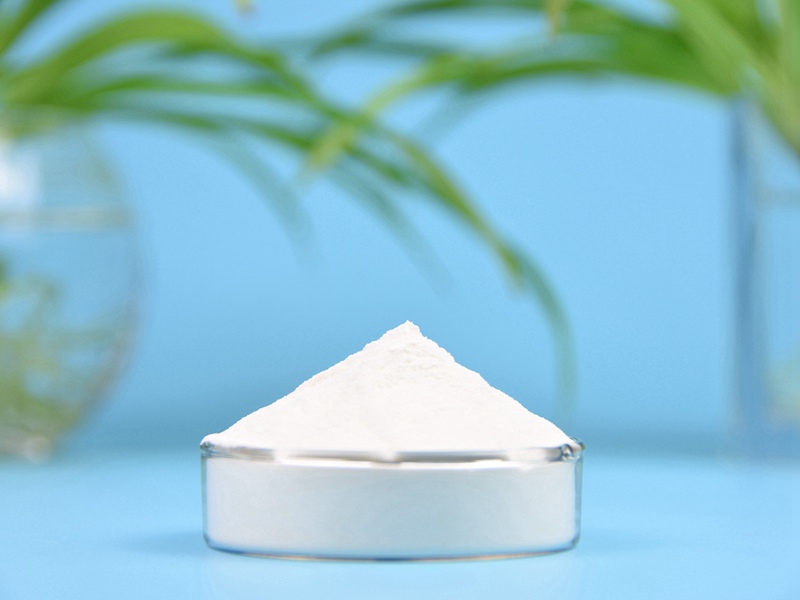 |
| 09 | Glutathione | PMB1601 | 98% |  |
| 10 | Ascorbic Acid 2-Glucoside | PMB1801 | 98% | 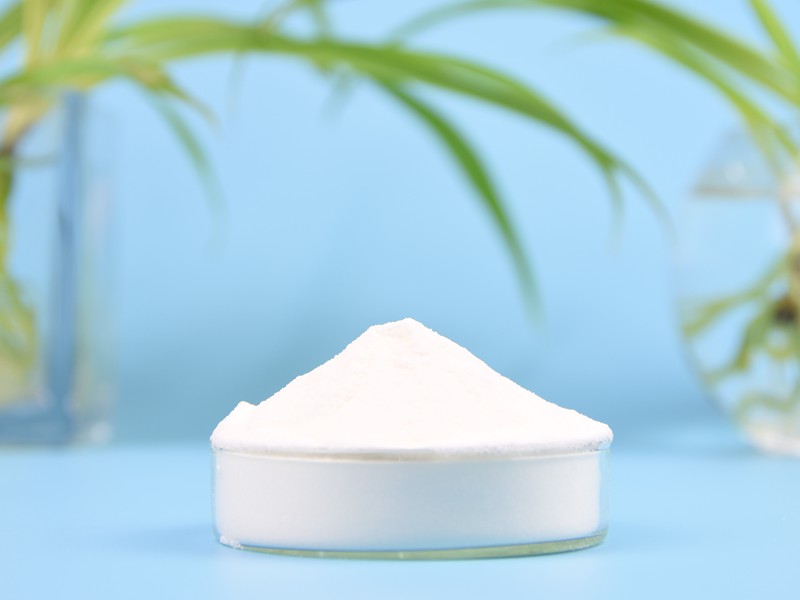 |
| 11 | Phloretin | PMB0301 | 98% | 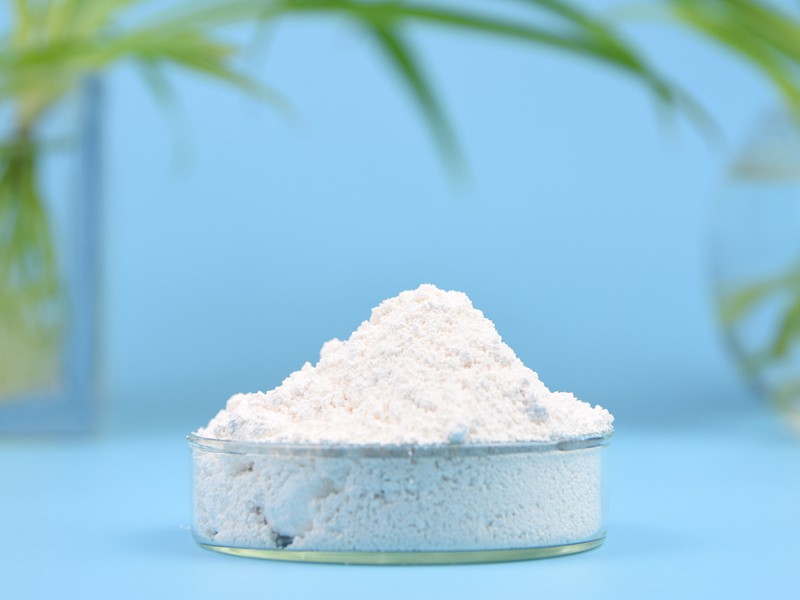 |
| 12 | Lycopene | PMB1101 | 80% | 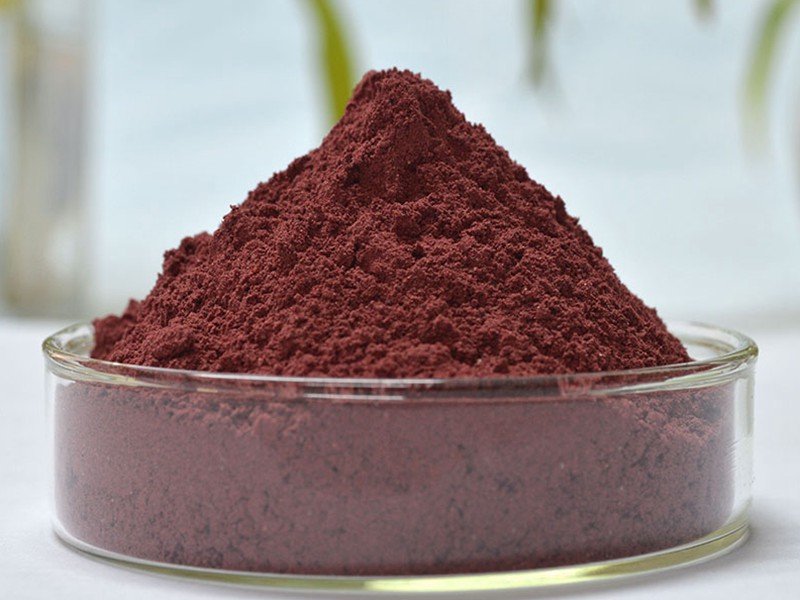 |
| 13 | Resveratrol | PMB0501 | 98% |  |
| 14 | Green Tea Extract | PMB1501, PMB1502, PMB1503 | 95% EGCG, 70% oil-soluble polyphenols, 98% water-soluble polyphenols | 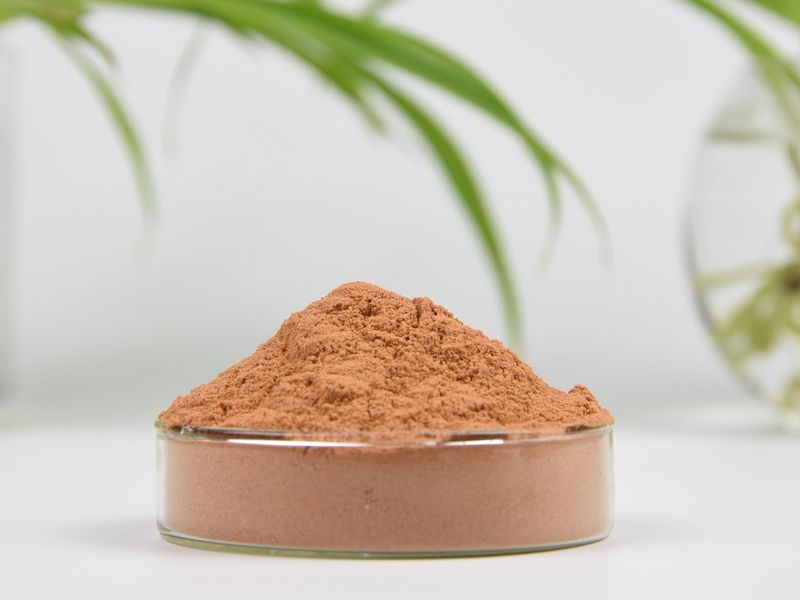 |
| 15 | Luteolin | PMB1301 | 98% | 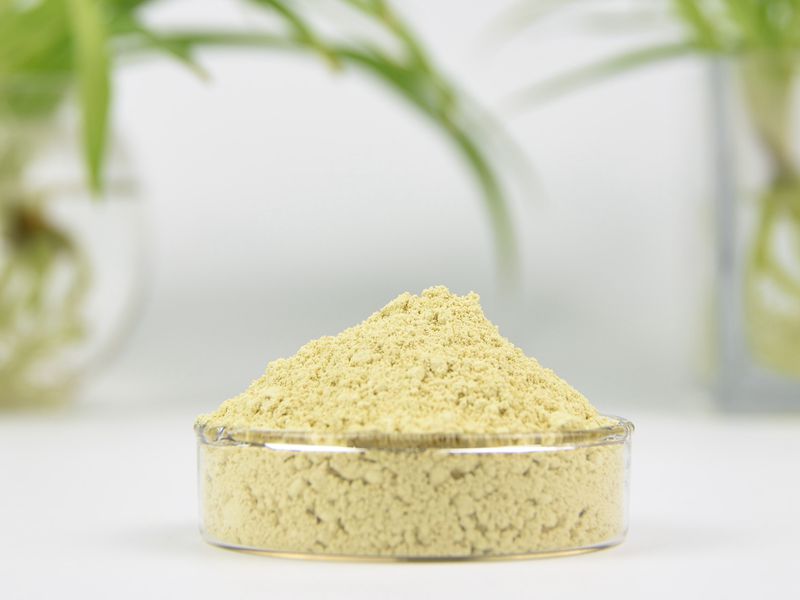 |
| 16 | Chrysin | PMB1001 | 99% | 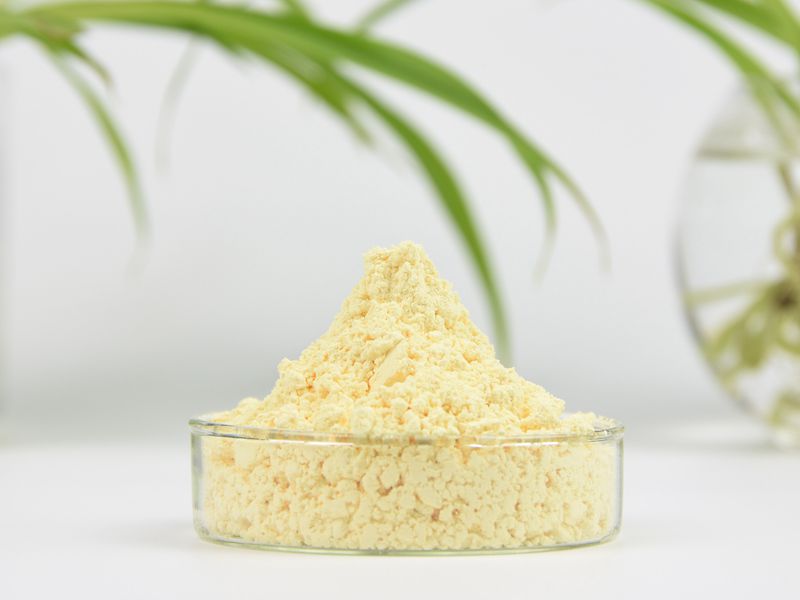 |
| 17 | Puerarin | PMB1201 | 98% | 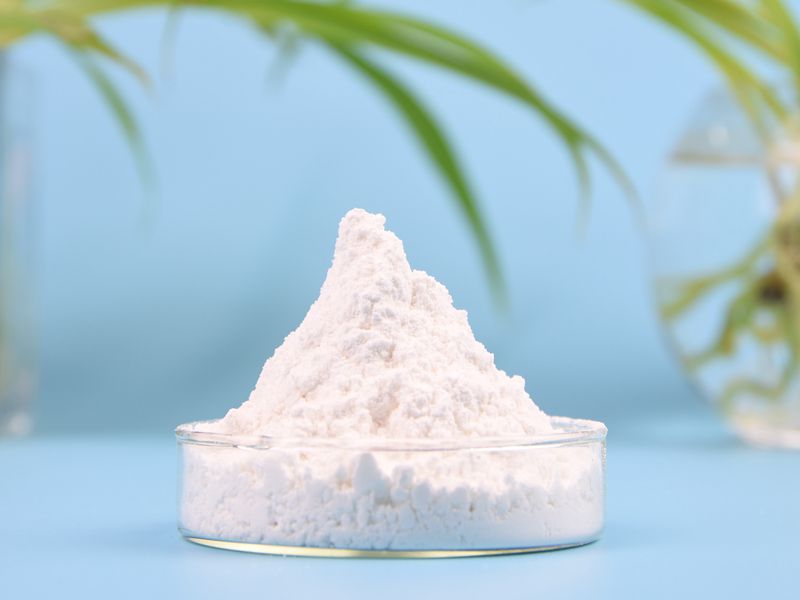 |
| 18 | Escin | PMM0301 | 20%, 98% | 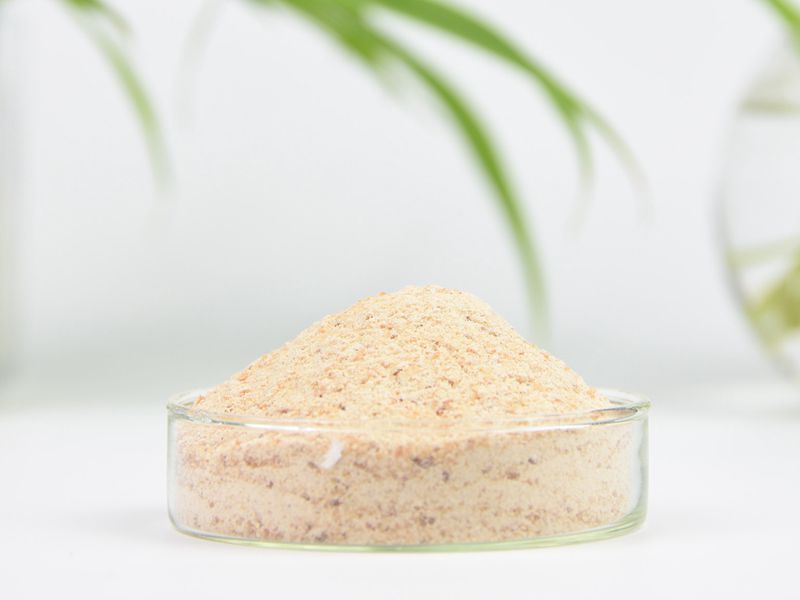 |
| 19 | Tetrahydrocurcumin | PMB0201 | 98% | 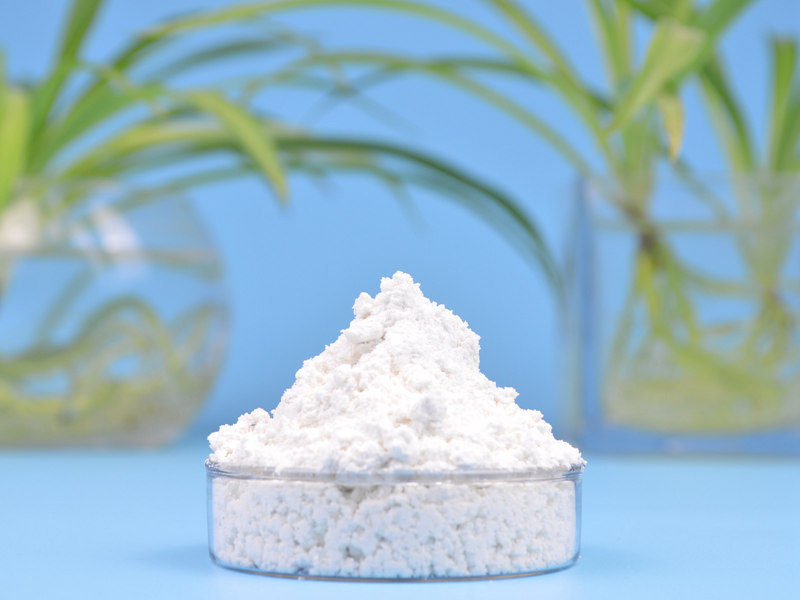 |
| 20 | Nicotinamide | PMB1501 | 99% | 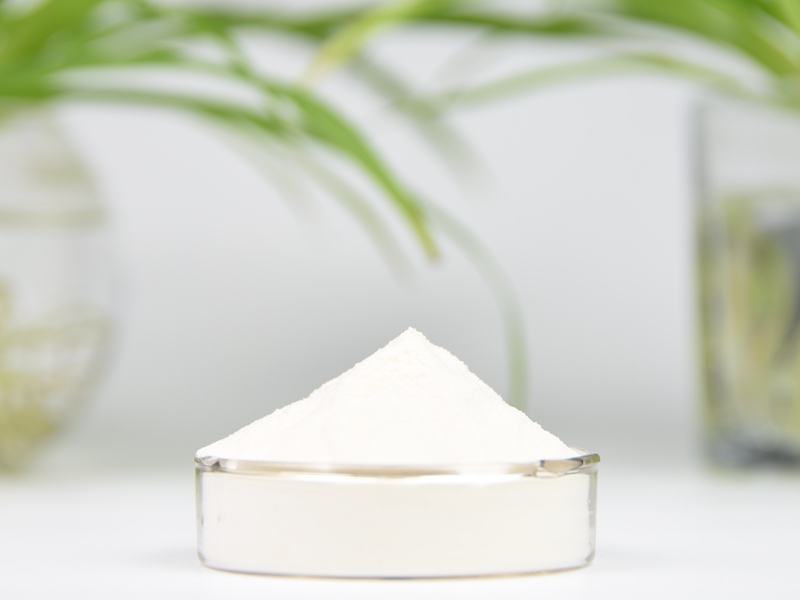 |
| 21 | Curcumin | PMB2501 | 10% | 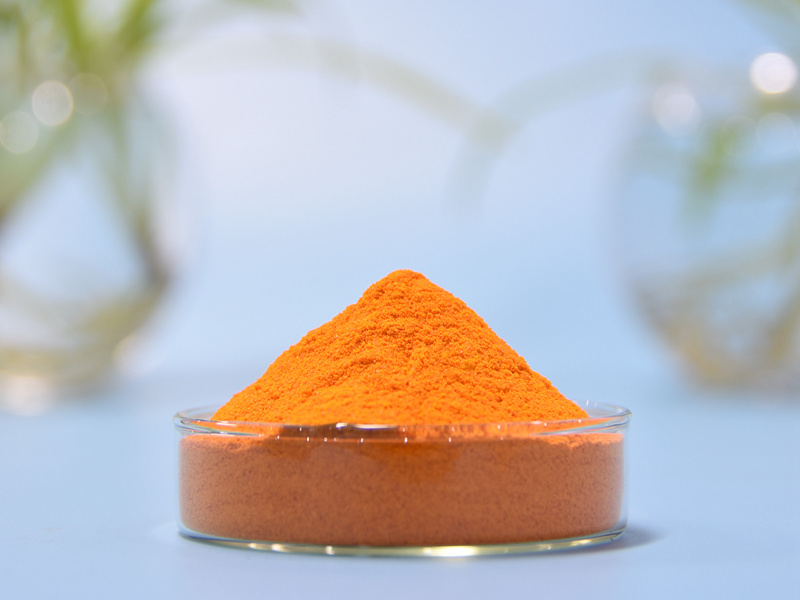 |
| 22 | Rhodiola-crenulata-extract | PMB2401 | 2% Salidroside | 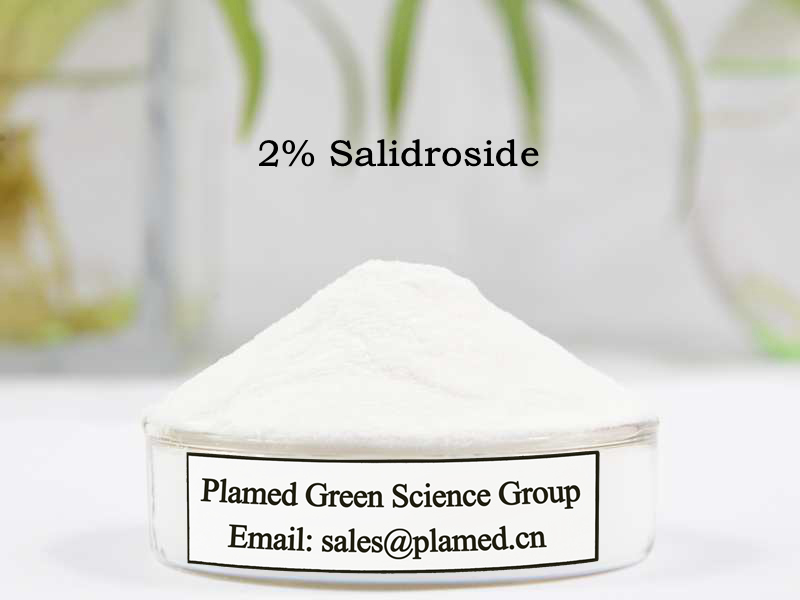 |













